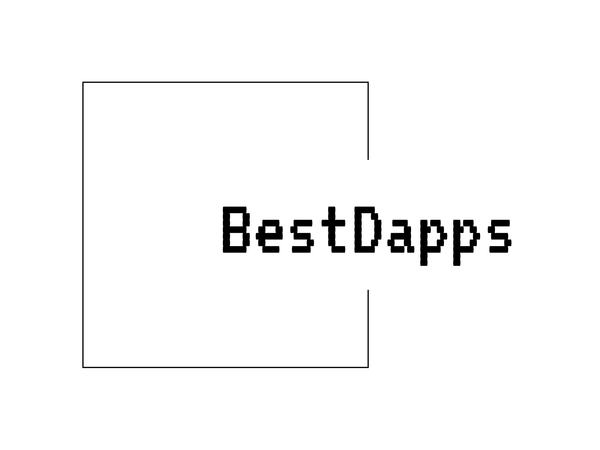
ICON: Bridging Blockchains for a Decentralized Future
Share
ICX (ICON): A General Overview of the Blockchain Project
ICX, the native cryptocurrency of the ICON project, operates within a decentralized blockchain network designed to facilitate interoperability between diverse blockchains. Founded in 2017 by the South Korean blockchain firm, ICONLOOP, ICON aims to build a multi-chain ecosystem that links independent blockchains into a single, shared platform. This system allows different networks to communicate with each other without the need for intermediaries, enabling the seamless exchange of data and cryptocurrencies.
The backbone of the ICON network is a system known as a "Loopchain," a high-performance blockchain that features smart contract capabilities and operates through a delegated proof-of-stake (DPoS) consensus mechanism. This blockchain allows ICX holders to participate in network governance by voting for Public Representatives (P-Reps), who play a pivotal role in securing the network and verifying transactions.
One of the key features of ICON is its ambition to provide solutions for real-world applications, particularly in sectors like finance, healthcare, and public services. The blockchain’s interoperability allows different industries and institutions, both public and private, to mutually benefit from its distributed ledger technology. For example, ICONLOOP has rolled out various decentralized identification systems that are already in collaboration with South Korean organizations, signaling practical utility beyond speculative investment.
In terms of development, ICON continues to form partnerships to expand its ecosystem. The project has actively sought collaboration across different sectors to provide use cases for both private organizations and governmental institutions. ICON’s public blockchain, alongside its private Loopchain system, aims to bridge traditional industries with the decentralized world by offering modular blockchain tools adapted to real-world needs.
It is important to mention that ICON has faced challenges in scaling its adoption despite its forward-thinking vision. While the technology holds promise, real-world integrations and widespread usage are crucial for the project’s long-term viability. Moreover, although a robust governance mechanism exists, sustaining a decentralized network with continued participation from P-Reps and other stakeholders will play a fundamental role in ensuring the network’s success moving forward.
Overall, ICX serves as more than just a digital token for speculative trading; it actively powers an ecosystem that targets blockchain interoperability and institutional collaboration. The future potential of ICON largely depends on its ability to secure diverse partnerships and maintain a vibrant, decentralized network.
